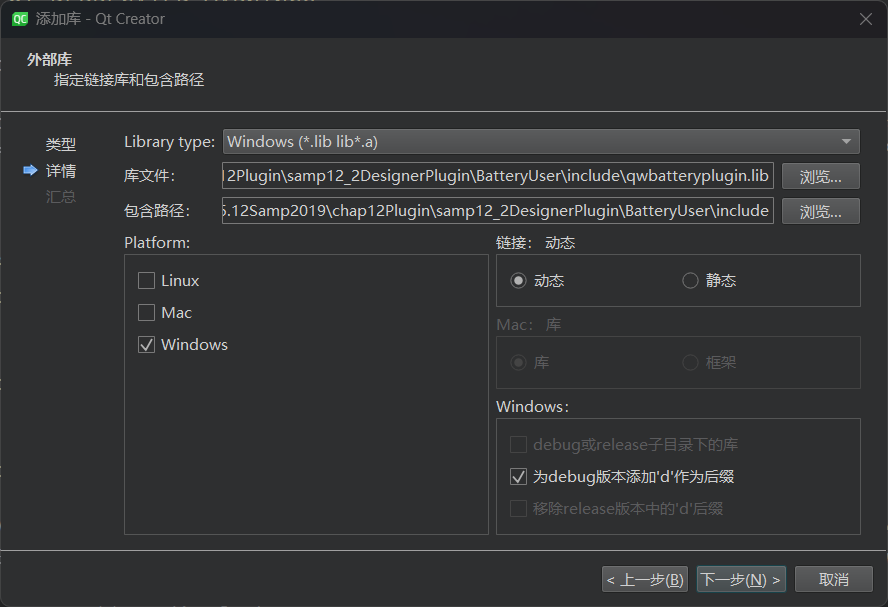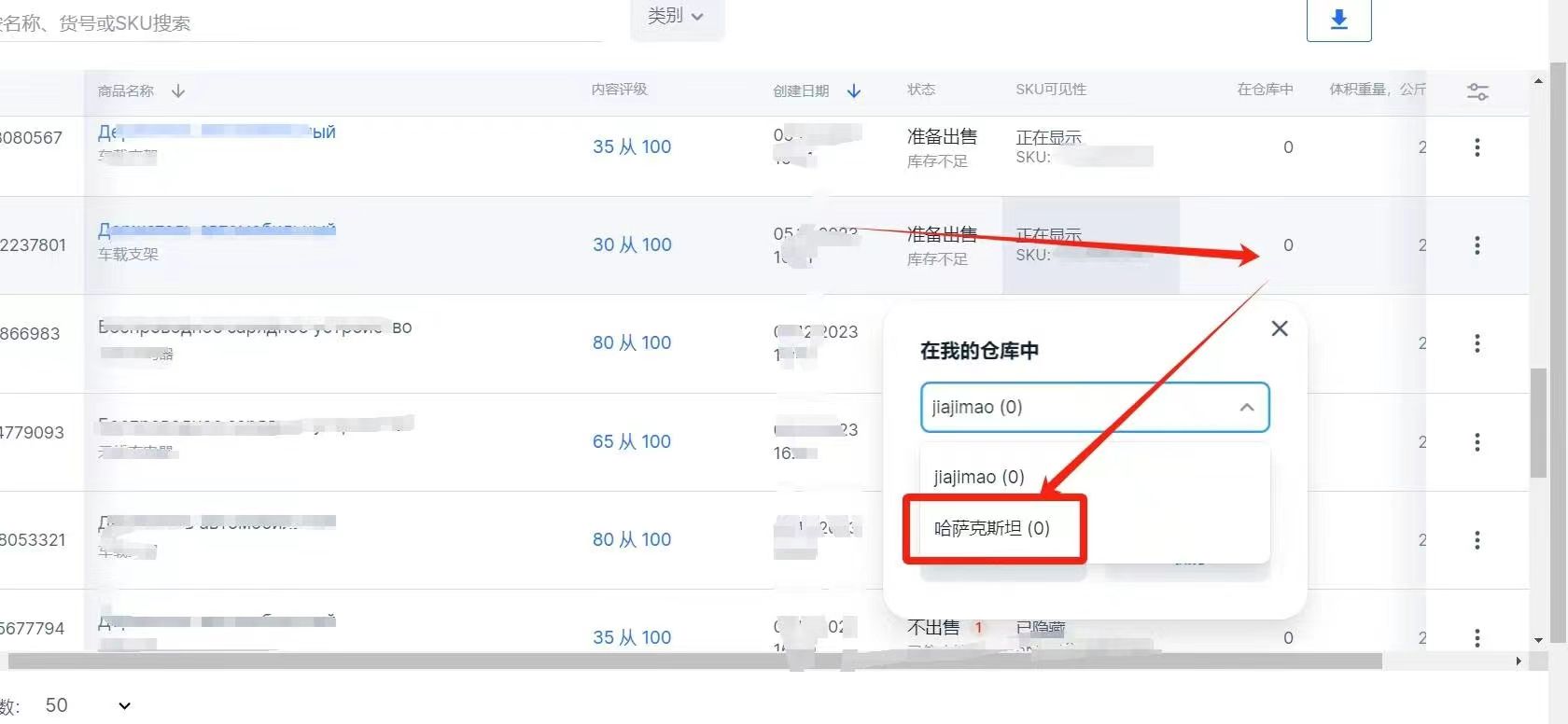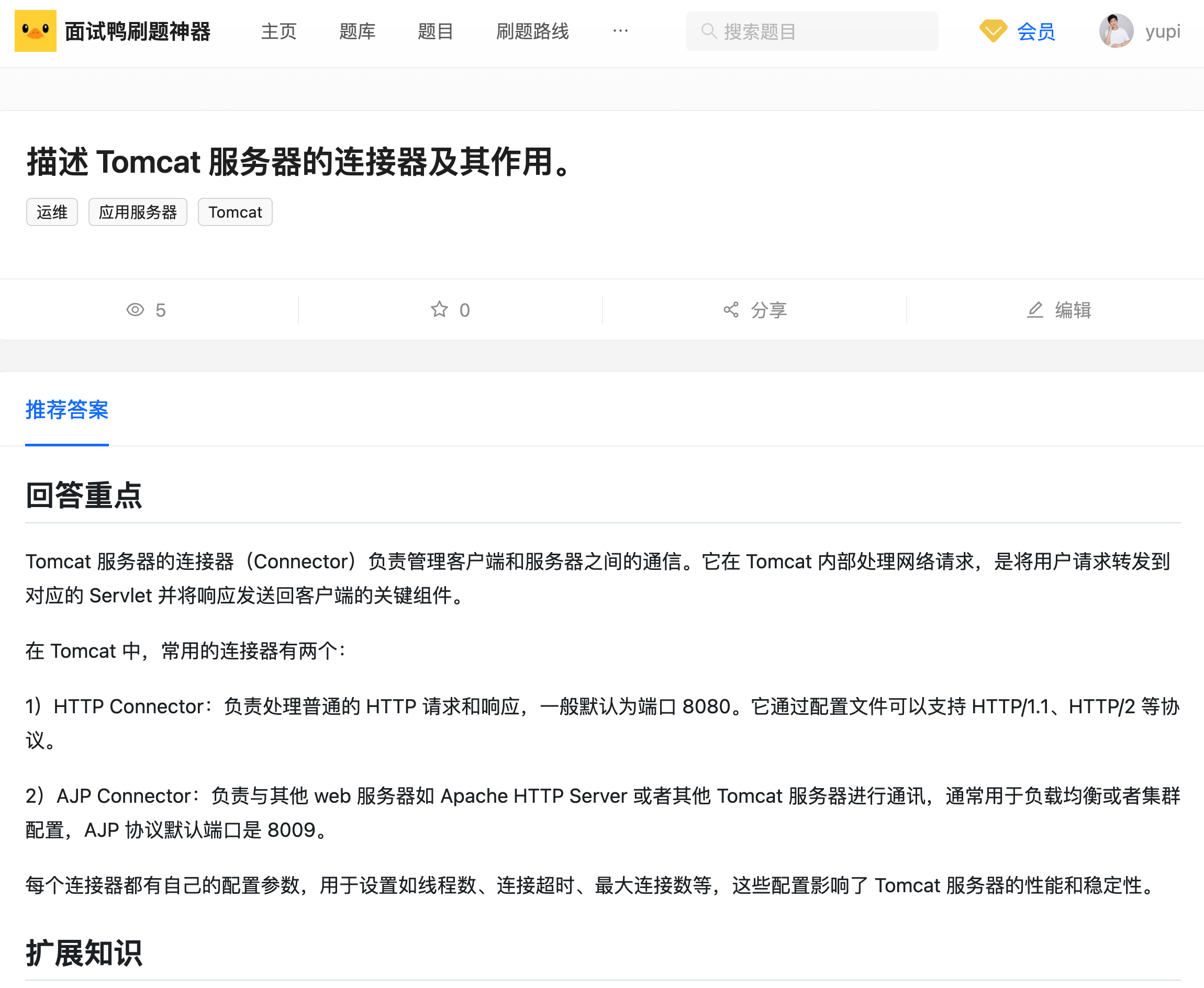系列文章目录
文章目录
- 系列文章目录
- 一、文字版格斗游戏
- 二、文字版格斗游戏进阶版
- 三、对象数组练习
- 1、对象数组1
- 先学习一下键盘录入。
- 注意:两套体系不能混用
- 对象数组2
- 对象数组3
- 对象数组4
- 对象数组5
一、文字版格斗游戏

GameTes.javat代码如下:
package com.itheima.test1;
/**
* ClassName: GameTest
* Package: com.itheima.test1
* Description:
*
* @Author 醒了就刷牙
* @Create 2024/7/25 21:26
* @Version 1.0
*/
public class GameTest {
public static void main(String[] main){
//1.创建第一个角色
Role r1=new Role( "乔峰",100);
//2.创建第二个角色
Role r2= new Role( "鸠摩智",100);
//3.开始格斗游戏
while(true){
r1.attack(r2);
if(r2.getBlood() == 0){
System.out.println(r1.getName()+" K.O 了" +r2.getName());
break;
}
r2.attack(r1);
if(r1.getBlood() == 0){
System.out.println(r2.getName()+" K.O 了" +r1.getName());
break;
}
}
}
}
运行结果如下:

Role.java代码如下
package com.itheima.test1;
import java.util.Random;
/**
* ClassName: Role
* Package: com.itheima.test1
* Description:
*
* @Author 醒了就刷牙
* @Create 2024/7/25 21:20
* @Version 1.0
*/
public class Role {
private String name;
private int blood;
public void attack(Role role){
//计算造成的伤害1~20
Random r=new Random();int hurt =r.nextInt( 20)+ 1;
//剩余血量
int remainBoold=role.getBlood()-hurt;
//对剩余血星做一个验证,如果为负数了,就修改为8
remainBoold = remainBoold < 0 ? 0 : remainBoold;
// 修改一下挨揍的人的血量
role.setBlood(remainBoold);
//this表示方法的调用者
System.out.println(this.getName()+"举起拳头,打了"+ role.getName()+"一下,"+"造成了"+
hurt +"点伤害,"+ role.getName()+"还剩下了"+ remainBoold +"点血");
}
public Role() {
}
public Role(String name, int blood) {
this.name = name;
this.blood = blood;
}
/**
* 获取
* @return name
*/
public String getName() {
return name;
}
/**
* 设置
* @param name
*/
public void setName(String name) {
this.name = name;
}
/**
* 获取
* @return blood
*/
public int getBlood() {
return blood;
}
/**
* 设置
* @param blood
*/
public void setBlood(int blood) {
this.blood = blood;
}
public String toString() {
return "Role{name = " + name + ", blood = " + blood + "}";
}
}
二、文字版格斗游戏进阶版

Role.java代码如下:
package com.itheima.test2;
import java.util.Random;
public class Role {
private String name;
private int blood;
private char gender;
private String face;//长相是随机的
String[] boyfaces = {"风流俊雅", "气宇轩昂", "相貌英俊", "五官端正", "相貌平平", "一塌糊涂", "面目狰狞"};
String[] girlfaces = {"美奂绝伦", "沉鱼落雁", "婷婷玉立", "身材娇好", "相貌平平", "相貌简陋", "惨不忍睹"};
//attack 攻击描述:
String[] attacks_desc = {
"%s使出了一招【背心钉】,转到对方的身后,一掌向%s背心的灵台穴拍去。",
"%s使出了一招【游空探爪】,飞起身形自半空中变掌为抓锁向%s。",
"%s大喝一声,身形下伏,一招【劈雷坠地】,捶向%s双腿。",
"%s运气于掌,一瞬间掌心变得血红,一式【掌心雷】,推向%s。",
"%s阴手翻起阳手跟进,一招【没遮拦】,结结实实的捶向%s。",
"%s上步抢身,招中套招,一招【劈挂连环】,连环攻向%s。"
};
//injured 受伤描述:
String[] injureds_desc = {
"结果%s退了半步,毫发无损",
"结果给%s造成一处瘀伤",
"结果一击命中,%s痛得弯下腰",
"结果%s痛苦地闷哼了一声,显然受了点内伤",
"结果%s摇摇晃晃,一跤摔倒在地",
"结果%s脸色一下变得惨白,连退了好几步",
"结果『轰』的一声,%s口中鲜血狂喷而出",
"结果%s一声惨叫,像滩软泥般塌了下去"
};
public Role() {
}
public Role(String name, int blood, char gender) {
this.name = name;
this.blood = blood;
this.gender = gender;
//随机长相
setFace(gender);
}
public char getGender() {
return gender;
}
public void setGender(char gender) {
this.gender = gender;
}
public String getFace() {
return face;
}
public void setFace(char gender) {
Random r = new Random();
//长相是随机的
if (gender == '男') {
//从boyfaces里面随机长相
int index = r.nextInt(boyfaces.length);
this.face = boyfaces[index];
} else if (gender == '女') {
//从girlfaces里面随机长相
int index = r.nextInt(girlfaces.length);
this.face = girlfaces[index];
} else {
this.face = "面目狰狞";
}
}
public String getName() {
return name;
}
public void setName(String name) {
this.name = name;
}
public int getBlood() {
return blood;
}
public void setBlood(int blood) {
this.blood = blood;
}
//定义一个方法用于攻击别人
//思考:谁攻击谁?
//Role r1 = new Role();
//Role r2 = new Role();
//r1.攻击(r2);
//方法的调用者去攻击参数
public void attack(Role role) {
Random r = new Random();
int index = r.nextInt(attacks_desc.length);
String KungFu = attacks_desc[index];
//输出一个攻击的效果
System.out.printf(KungFu, this.getName(), role.getName());
System.out.println();
//计算造成的伤害 1 ~ 20
int hurt = r.nextInt(20) + 1;
//剩余血量
int remainBoold = role.getBlood() - hurt;
//对剩余血量做一个验证,如果为负数了,就修改为0
remainBoold = remainBoold < 0 ? 0 : remainBoold;
//修改一下挨揍的人的血量
role.setBlood(remainBoold);
//受伤的描述
//血量> 90 0索引的描述
//80 ~ 90 1索引的描述
//70 ~ 80 2索引的描述
//60 ~ 70 3索引的描述
//40 ~ 60 4索引的描述
//20 ~ 40 5索引的描述
//10 ~ 20 6索引的描述
//小于10的 7索引的描述
if (remainBoold > 90) {
System.out.printf(injureds_desc[0], role.getName());
}else if(remainBoold > 80 && remainBoold <= 90){
System.out.printf(injureds_desc[1], role.getName());
}else if(remainBoold > 70 && remainBoold <= 80){
System.out.printf(injureds_desc[2], role.getName());
}else if(remainBoold > 60 && remainBoold <= 70){
System.out.printf(injureds_desc[3], role.getName());
}else if(remainBoold > 40 && remainBoold <= 60){
System.out.printf(injureds_desc[4], role.getName());
}else if(remainBoold > 20 && remainBoold <= 40){
System.out.printf(injureds_desc[5], role.getName());
}else if(remainBoold > 10 && remainBoold <= 20){
System.out.printf(injureds_desc[6], role.getName());
}else{
System.out.printf(injureds_desc[7], role.getName());
}
System.out.println();
}
public void showRoleInfo() {
System.out.println("姓名为:" + getName());
System.out.println("血量为:" + getBlood());
System.out.println("性别为:" + getGender());
System.out.println("长相为:" + getFace());
}
}
GameTest.java代码如下:
package com.itheima.test2;
public class GameTest {
public static void main(String[] args) {
//1.创建第一个角色
Role r1 = new Role("乔峰",100,'男');
//2.创建第二个角色
Role r2 = new Role("鸠摩智",100,'男');
//展示一下角色的信息
r1.showRoleInfo();
r2.showRoleInfo();
//3.开始格斗 回合制游戏
while(true){
//r1开始攻击r2
r1.attack(r2);
//判断r2的剩余血量
if(r2.getBlood() == 0){
System.out.println(r1.getName() + " K.O了" + r2.getName());
break;
}
//r2开始攻击r1
r2.attack(r1);
if(r1.getBlood() == 0){
System.out.println(r2.getName() + " K.O了" + r1.getName());
break;
}
}
}
}
三、对象数组练习
1、对象数组1
要求:定义数组存储3个商品对象。商品的属性:商品的id,名字,价格,库存。创建三个商品对象,并把商品对象存入到数组当中。
Goods.java代码如下:
package com.itheima.test3;
public class Goods {
private String id;
private String name;
private double price;
private int count;
public Goods() {
}
public Goods(String id, String name, double price, int count) {
this.id = id;
this.name = name;
this.price = price;
this.count = count;
}
public String getId() {
return id;
}
public void setId(String id) {
this.id = id;
}
public String getName() {
return name;
}
public void setName(String name) {
this.name = name;
}
public double getPrice() {
return price;
}
public void setPrice(double price) {
this.price = price;
}
public int getCount() {
return count;
}
public void setCount(int count) {
this.count = count;
}
}
GoodsTest.java代码如下:
package com.itheima.test3;
public class GoodsTest {
public static void main(String[] args) {
//1.创建一个数组
Goods[] arr = new Goods[3];
//2.创建三个商品对象
Goods g1 = new Goods("001","华为P40",5999.0,100);
Goods g2 = new Goods("002","保温杯",227.0,50);
Goods g3 = new Goods("003","枸杞",12.7,70);
//3.把商品添加到数组中
arr[0] = g1;
arr[1] = g2;
arr[2] = g3;
//4.遍历
for (int i = 0; i < arr.length; i++) {
//i 索引 arr[i] 元素
Goods goods = arr[i];
System.out.println(goods.getId() + ", " + goods.getName() + ", " + goods.getPrice() + ", " + goods.getCount());
}
}
}
GoodsTest.java代码运行如下:

先学习一下键盘录入。
- 第一套体系:
nextInt(); 接收整数
nextDouble();接收小数
next();接收字符串
以上遇到空格,制表符,回车就停止接受。这些符号后面的数据就不会接受了 - 第二套体系:
nextLine();接收字符串
可以接收空格,制表符,遇到回车才停止接受数据
例子:
Scanner sc = new Scanner(System.in);
System.out.println("请输入一个整数");
int num1 = sc.nextInt();
System.out.println(num1);//123
System.out.println("请输入第二个整数");
int num2 = sc.nextInt();
System.out.println(num2);
此段代码,如果在控制台输出"请输入一个整数"后,输入123空格123,那么结果如下图所示,也就是说第一个sc.nextInt()会在碰到空格后,把空格前的数据从内存中读入变量num1,把空格后面的数据以及空格给到第二个sc.nextInt(),而sc.nextInt()在检测到空格时且还没有向变量中放入数据时会忽略空格,把后面的数据放入变量。

而sc.nextLine()会把空格也保存到变量中。

注意:两套体系不能混用
弊端:先用nextInt,再用nextLine会导致下面的nextLine接受不到数据,我们输入123回车,nextInt()会把123接收到,然后内存中的回车传递到后面的nextLine()。这样的bug写到程序中,我们很难找到问题所在。
Scanner sc = new Scanner(System.in);
System.out.println("请输入一个整数");
int num = sc.nextInt();//123 + 回车
System.out.println(num);//123
System.out.println("请输入一个字符串");
String line = sc.nextLine();
System.out.println(line);//
如下图所示输入,123回车。

对象数组2
定义数组存储3部汽车对象。汽车的属性:品牌,价格,颜色。创建三个汽车对象,数据通过键盘录入而来,并把数据存入到数组当中。
Car.java代码如下:
package com.itheima.test5;
public class Car {
private String brand;//品牌
private int price;//价格
private String color;//颜色
public Car() {
}
public Car(String brand, int price, String color) {
this.brand = brand;
this.price = price;
this.color = color;
}
public String getBrand() {
return brand;
}
public void setBrand(String brand) {
this.brand = brand;
}
public int getPrice() {
return price;
}
public void setPrice(int price) {
this.price = price;
}
public String getColor() {
return color;
}
public void setColor(String color) {
this.color = color;
}
}
CarTest.java代码如下:
package com.itheima.test5;
import java.util.Scanner;
public class CarTest {
public static void main(String[] args) {
//1.创建一个数组用来存3个汽车对象
Car[] arr = new Car[3];
//2.创建汽车对象,数据来自于键盘录入
Scanner sc = new Scanner(System.in);
for (int i = 0; i < arr.length; i++) {
//创建汽车的对象
Car c = new Car();
//录入品牌
System.out.println("请输入汽车的品牌");
String brand = sc.next();
c.setBrand(brand);
//录入价格
System.out.println("请输入汽车的价格");
int price = sc.nextInt();
c.setPrice(price);
//录入颜色
System.out.println("请输入汽车的颜色");
String color = sc.next();
c.setColor(color);
//把汽车对象添加到数组当中
arr[i] = c;
}
//3.遍历数组
for (int i = 0; i < arr.length; i++) {
Car car = arr[i];
System.out.println(car.getBrand() + ", " + car.getPrice() + ", " + car.getColor());
}
}
}
对象数组3
定义数组存储3部手机对象。手机的属性:品牌,价格,颜色。要求,计算出三部手机的平均价格。
Phone.java代码如下:
package com.itheima.test6;
public class Phone {
private String brand;//品牌
private int price;//价格
private String color;//颜色
public Phone() {
}
public Phone(String brand, int price, String color) {
this.brand = brand;
this.price = price;
this.color = color;
}
public String getBrand() {
return brand;
}
public void setBrand(String brand) {
this.brand = brand;
}
public int getPrice() {
return price;
}
public void setPrice(int price) {
this.price = price;
}
public String getColor() {
return color;
}
public void setColor(String color) {
this.color = color;
}
}
PhoneTest.java代码如下:
package com.itheima.test6;
import java.math.BigDecimal;
public class PhoneTest {
public static void main(String[] args) {
//1.创建一个数组
Phone[] arr = new Phone[3];
//2.创建手机的对象
Phone p1 = new Phone("小米",1999,"白色");
Phone p2 = new Phone("华为",4999,"蓝色");
Phone p3 = new Phone("魅族",3999,"红色");
//3.把手机对象添加到数组当中
arr[0] = p1;
arr[1] = p2;
arr[2] = p3;
//4.获取三部手机的平均价格
int sum = 0;
for (int i = 0; i < arr.length; i++) {
//i 索引 arr[i] 元素(手机对象)
Phone phone = arr[i];
sum = sum + phone.getPrice();
}
//5.求平均值
//数据能不写死,尽量不写死
//int avg = sum / arr.length;
double avg2 = sum * 1.0 / arr.length;
System.out.println(avg2);//3665.6666666666665
}
}
对象数组4
定义数组存储4个女朋友的对象
女朋友的属性:姓名、年龄、性别、爱好
要求1:计算出四女朋友的平均年龄要求2:统计年龄比平均值低的女朋友有几个?并把她们的所有信息打印出来
GirlFriend.java代码如下:
package com.itheima.test7;
public class GirlFriend {
private String name;//姓名
private int age;//年龄
private String gender;//性别
private String hobby;//爱好
public GirlFriend() {
}
public GirlFriend(String name, int age, String gender, String hobby) {
this.name = name;
this.age = age;
this.gender = gender;
this.hobby = hobby;
}
public String getName() {
return name;
}
public void setName(String name) {
this.name = name;
}
public int getAge() {
return age;
}
public void setAge(int age) {
this.age = age;
}
public String getGender() {
return gender;
}
public void setGender(String gender) {
this.gender = gender;
}
public String getHobby() {
return hobby;
}
public void setHobby(String hobby) {
this.hobby = hobby;
}
}
GirlFriendTest.java代码如下:
package com.itheima.test7;
public class GirlFriendTest {
public static void main(String[] args) {
//1.定义数组存入女朋友的对象
GirlFriend[] arr = new GirlFriend[4];
//2.创建女朋友对象
GirlFriend gf1 = new GirlFriend("小诗诗",18,"萌妹子","吃零食");
GirlFriend gf2 = new GirlFriend("小丹丹",19,"萌妹子","玩游戏");
GirlFriend gf3 = new GirlFriend("小惠惠",20,"萌妹子","看书,学习");
GirlFriend gf4 = new GirlFriend("小莉莉",21,"憨妹子","睡觉");
//3.把对象添加到数组当中
arr[0] = gf1;
arr[1] = gf2;
arr[2] = gf3;
arr[3] = gf4;
//4.求和
int sum = 0;
for (int i = 0; i < arr.length; i++) {
//i 索引 arr[i] 元素(女朋友对象)
GirlFriend gf = arr[i];
//累加
sum = sum + gf.getAge();
}
//5.平均值
int avg = sum / arr.length;
//6.统计年龄比平均值低的有几个,打印他们的信息
int count = 0;
for (int i = 0; i < arr.length; i++) {
GirlFriend gf = arr[i];
if(gf.getAge() < avg){
count++;
System.out.println(gf.getName() + ", " + gf.getAge() + ", " + gf.getGender() + ", " + gf.getHobby());
}
}
System.out.println(count + "个");
}
}
对象数组5
定义一个长度为3的数组,数组存储1~3名学生对象作为初始数据,学生对象的学号,姓名各不相同。
学生的属性:学号,姓名,年龄。
要求1:再次添加一个学生对象,并在添加的时候进行学号的唯一性判断。
要求2:添加完毕之后,遍历所有学生信息。
要求3:通过id删除学生信息。如果存在,则删除,如果不存在,则提示删除失败。
要求4:删除完毕之后,遍历所有学生信息。
要求5:查询数组id为“heima002”的学生,如果存在,则将他的年龄+1岁
Student.java代码如下:
package com.itheima.test8;
public class Student {
private int id;
private String name;
private int age;
public Student() {
}
public Student(int id, String name, int age) {
this.id = id;
this.name = name;
this.age = age;
}
public int getId() {
return id;
}
public void setId(int id) {
this.id = id;
}
public String getName() {
return name;
}
public void setName(String name) {
this.name = name;
}
public int getAge() {
return age;
}
public void setAge(int age) {
this.age = age;
}
}
Test.java代码如下:注意其中定义的函数,以及为什么定义找个函数,定义函数可以有效减少代码重复性。
package com.itheima.test8;
public class Test {
public static void main(String[] args) {
/*定义一个长度为3的数组,数组存储1~3名学生对象作为初始数据,学生对象的学号,姓名各不相同。
学生的属性:学号,姓名,年龄。
要求1:再次添加一个学生对象,并在添加的时候进行学号的唯一性判断。
要求2:添加完毕之后,遍历所有学生信息。
要求3:通过id删除学生信息
如果存在,则删除,如果不存在,则提示删除失败。
要求4:删除完毕之后,遍历所有学生信息。
要求5:查询数组id为“heima002”的学生,如果存在,则将他的年龄+1岁*/
//1.创建一个数组用来存储学生对象
Student[] arr = new Student[3];
//2.创建学生对象并添加到数组当中
Student stu1 = new Student(1, "zhangsan", 23);
Student stu2 = new Student(2, "lisi", 24);
//3.把学生对象添加到数组当中
arr[0] = stu1;
arr[1] = stu2;
//要求1:再次添加一个学生对象,并在添加的时候进行学号的唯一性判断。
Student stu4 = new Student(1, "zhaoliu", 26);
//唯一性判断
//已存在 --- 不用添加
//不存在 --- 就可以把学生对象添加进数组
boolean flag = contains(arr, stu4.getId());
if(flag){
//已存在 --- 不用添加
System.out.println("当前id重复,请修改id后再进行添加");
}else{
//不存在 --- 就可以把学生对象添加进数组
//把stu4添加到数组当中
//1.数组已经存满 --- 只能创建一个新的数组,新数组的长度 = 老数组 + 1
//2.数组没有存满 --- 直接添加
int count = getCount(arr);
if(count == arr.length){
//已经存满
//创建一个新的数组,长度 = 老数组的长度 + 1
//然后把老数组的元素,拷贝到新数组当中
Student[] newArr = creatNewArr(arr);
//把stu4添加进去
newArr[count] = stu4;
//要求2:添加完毕之后,遍历所有学生信息。
printArr(newArr);
}else{
//没有存满
//[stu1,stu2,null]
//getCount获取到的是2,表示数组当中已经有了2个元素
//还有一层意思:如果下一次要添加数据,就是添加到2索引的位置
arr[count] = stu4;
//要求2:添加完毕之后,遍历所有学生信息。
printArr(arr);
}
}
}
public static void printArr(Student[] arr){
for (int i = 0; i < arr.length; i++) {
Student stu = arr[i];
if(stu != null){
System.out.println(stu.getId() + ", " + stu.getName() + ", " + stu.getAge());
}
}
}
//创建一个新的数组,长度 = 老数组的长度 + 1
//然后把老数组的元素,拷贝到新数组当中
public static Student[] creatNewArr(Student[] arr){
Student[] newArr = new Student[arr.length + 1];
//循环遍历得到老数组中的每一个元素
for (int i = 0; i < arr.length; i++) {
//把老数组中的元素添加到新数组当中
newArr[i] = arr[i];
}
//把新数组返回
return newArr;
}
//定义一个方法判断数组中已经存了几个元素
public static int getCount(Student[] arr){
//定义一个计数器用来统计
int count = 0;
for (int i = 0; i < arr.length; i++) {
if(arr[i] != null){
count++;
}
}
//当循环结束之后,我就知道了数组中一共有几个元素
return count;
}
//1.我要干嘛? 唯一性判断
//2.我干这件事情,需要什么才能完成? 数组 id
//3.调用处是否需要继续使用方法的结果? 必须返回
public static boolean contains(Student[] arr, int id) {
for (int i = 0; i < arr.length; i++) {
//依次获取到数组里面的每一个学生对象
Student stu = arr[i];
if(stu != null){
//获取数组中学生对象的id
int sid = stu.getId();
//比较
if(sid == id){
return true;
}
}
}
//当循环结束之后,还没有找到一样的,那么就表示数组中要查找的id是不存在的。
return false;
}
}
Test3.java代码如下:满足要求3和要求4
package com.itheima.test8;
public class Test3 {
public static void main(String[] args) {
/*定义一个长度为3的数组,数组存储1~3名学生对象作为初始数据,学生对象的学号,姓名各不相同。
学生的属性:学号,姓名,年龄。
要求3:通过id删除学生信息
如果存在,则删除,如果不存在,则提示删除失败。
要求4:删除完毕之后,遍历所有学生信息。
要求5:查询数组id为“2”的学生,如果存在,则将他的年龄+1岁*/
//1.创建一个数组用来存储学生对象
Student[] arr = new Student[3];
//2.创建学生对象并添加到数组当中
Student stu1 = new Student(1, "zhangsan", 23);
Student stu2 = new Student(2, "lisi", 24);
Student stu3 = new Student(3, "wangwu", 25);
//3.把学生对象添加到数组当中
arr[0] = stu1;
arr[1] = stu2;
arr[2] = stu3;
/*要求3:通过id删除学生信息
如果存在,则删除,如果不存在,则提示删除失败。*/
//要找到id在数组中对应的索引
int index = getIndex(arr, 2);
if (index >= 0){
//如果存在,则删除
arr[index] = null;
//遍历数组
printArr(arr);
}else{
//如果不存在,则提示删除失败
System.out.println("当前id不存在,删除失败");
}
}
//1.我要干嘛? 找到id在数组中的索引
//2.我需要什么? 数组 id
//3.调用处是否需要继续使用方法的结果? 要
public static int getIndex(Student[] arr , int id){
for (int i = 0; i < arr.length; i++) {
//依次得到每一个学生对象
Student stu = arr[i];
//对stu进行一个非空判断
if(stu != null){
int sid = stu.getId();
if(sid == id){
return i;
}
}
}
//当循环结束之后,还没有找到就表示不存在
return -1;
}
public static void printArr(Student[] arr){
for (int i = 0; i < arr.length; i++) {
Student stu = arr[i];
if(stu != null){
System.out.println(stu.getId() + ", " + stu.getName() + ", " + stu.getAge());
}
}
}
}
Test4.java代码如下:满足要求5。
package com.itheima.test8;
public class Test4 {
public static void main(String[] args) {
/*定义一个长度为3的数组,数组存储1~3名学生对象作为初始数据,学生对象的学号,姓名各不相同。
学生的属性:学号,姓名,年龄。
要求5:查询数组id为“2”的学生,如果存在,则将他的年龄+1岁*/
//1.创建一个数组用来存储学生对象
Student[] arr = new Student[3];
//2.创建学生对象并添加到数组当中
Student stu1 = new Student(1, "zhangsan", 23);
Student stu2 = new Student(2, "lisi", 24);
Student stu3 = new Student(3, "wangwu", 25);
//3.把学生对象添加到数组当中
arr[0] = stu1;
arr[1] = stu2;
arr[2] = stu3;
//4.先要找到id为2的学生对于的索引
int index = getIndex(arr, 2);
//5.判断索引
if(index >= 0){
//存在, 则将他的年龄+1岁
Student stu = arr[index];
//把原来的年龄拿出来
int newAge = stu.getAge() + 1;
//把+1之后的年龄塞回去
stu.setAge(newAge);
//遍历数组
printArr(arr);
}else{
//不存在,则直接提示
System.out.println("当前id不存在,修改失败");
}
}
//1.我要干嘛? 找到id在数组中的索引
//2.我需要什么? 数组 id
//3.调用处是否需要继续使用方法的结果? 要
public static int getIndex(Student[] arr , int id){
for (int i = 0; i < arr.length; i++) {
//依次得到每一个学生对象
Student stu = arr[i];
//对stu进行一个非空判断
if(stu != null){
int sid = stu.getId();
if(sid == id){
return i;
}
}
}
//当循环结束之后,还没有找到就表示不存在
return -1;
}
public static void printArr(Student[] arr){
for (int i = 0; i < arr.length; i++) {
Student stu = arr[i];
if(stu != null){
System.out.println(stu.getId() + ", " + stu.getName() + ", " + stu.getAge());
}
}
}
}
![[数通网络基础]——广播域与路由器](https://i-blog.csdnimg.cn/direct/aa49d68e4a344b39b18f70692e2da232.png#pic_center)

















